Common questions about physical activity and cancer
If you have cancer you may be worried about whether you should do physical activity. You may wonder if it is safe before, during or after treatment and what activities might be right for you.
Here we answer some of the common questions asked about cancer and physical activity.
Should I exercise if I have cancer?
Historically, doctors would have suggested that cancer patients should rest. But evidence from research has shown physical activity is important for people affected by cancer whether you have had a cancer diagnosis or you have had treatment.
Some benefits of being physically active are:
- Being active before treatment may mean you have fewer side effects, or that they are less severe.
- Physical activity during and after cancer treatment may help you maintain your fitness, strength and mental wellbeing.
- Light exercise can help you to feel better before treatment or if you have had treatment.
- If you have advanced cancer, physical activity can improve bone health, mood and general fitness.
Where can I find the information I need about physical activity?
Why is being physically active important?
In this video below Dr. Anna Campbell talks about the benefits of being physically active during and after cancer treatment, including stories from people who have cancer.
You will hear from people about how exercise has helped them with managing fatigue, build muscle mass, boost wellbeing, weight gain and weight loss.
How can I be more active?
Remember, a lot of things you do in your daily life count as ways to be active, such as walking around the house, gardening, playing games with your children and doing the housework.
Or it can mean more energetic activities such as:
- brisk walking
- yoga
- swimming
- cycling
- gym classes. For example, strength training.
Anything that gets you a bit warmer, slightly out of breath and gets your heart beating faster counts.
Everyone is different in terms of how much exercise they can do. And there are many types of cancer and treatments. In general, if you have cancer, you should check with your healthcare team or GP before starting any exercise.
When you start a new activity, it is important to start off gently and build up activity levels over time.
Exercise you can do for free
Being more active doesn’t mean you have to spend a fortune on fancy equipment.
Here’s some things you can do to be active for free:
- Read how people living with cancer use a walk in nature to help their mental health in the Online Community.
- Learn more about the community initiative 5k your way.
- Try home workouts from the NHS. The website has a variety of videos which include strength and flexibility, running and aerobic exercises.
- Discover free information and support from We are Undefeatable to help you fit movement into your everyday routine.
Watch Darlaine's story below about how she began swimming after her breast cancer diagnosis.
Where can I find more resources about being active?
Cancer stories
People affected by cancer share their stories about keeping physically active.
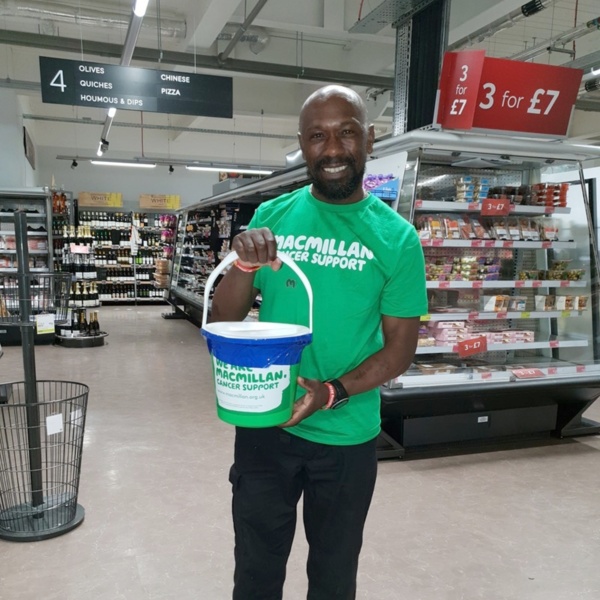
"I tried to keep moving as much as I could, or when I could." - Charlie
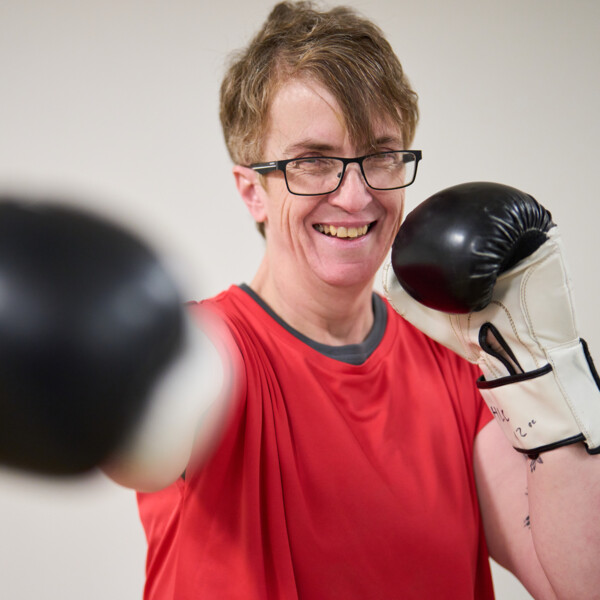
“I use exercise to help me mend my broken brain and body.” Karen’s story
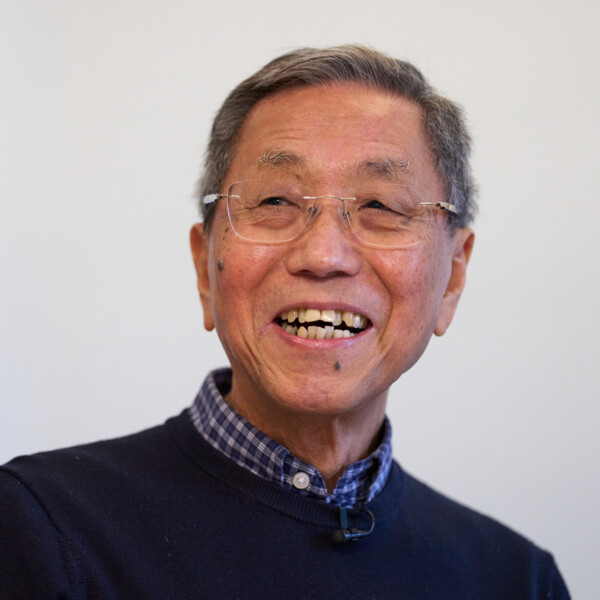
"I now run slower and less but I still enjoy it." - James
Read about exercise trials with cancer patients
In the articles below you can read about how local healthcare trusts have used exercise initiatives with patients.
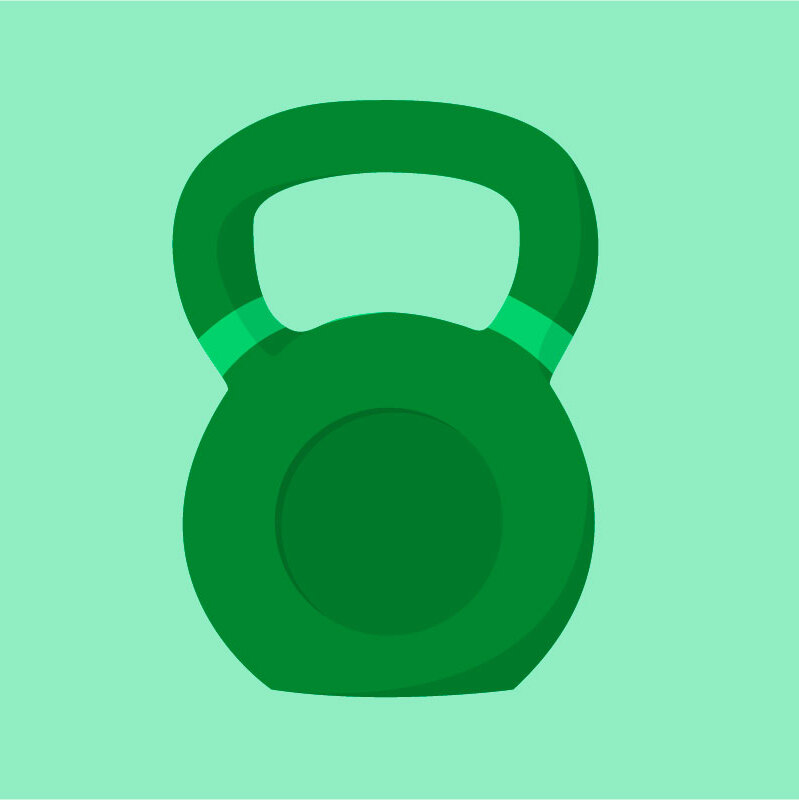
Rehabilitation for colorectal cancer
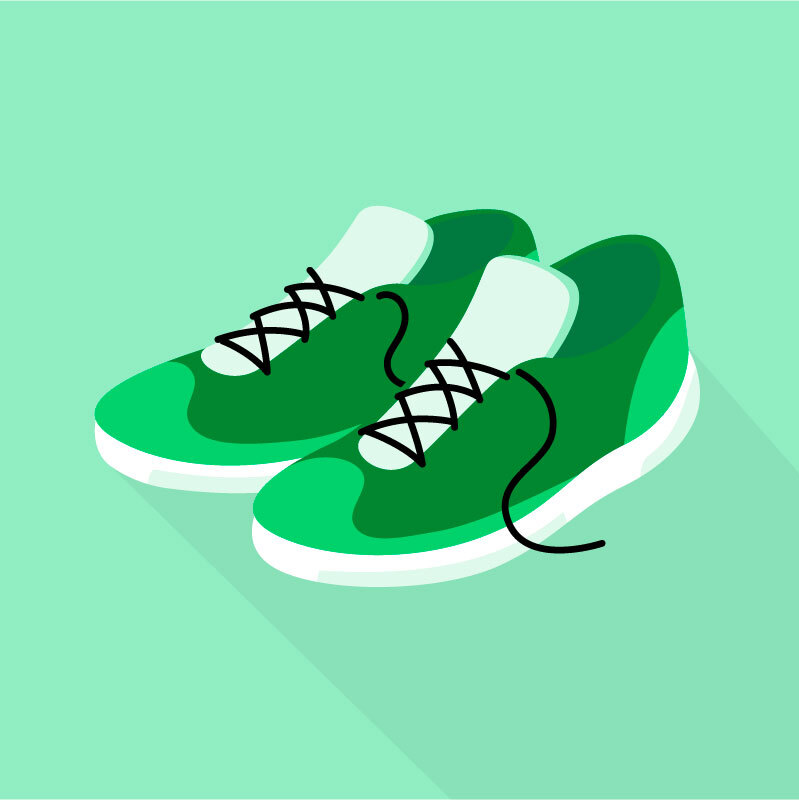
Prehabilitation and rehabilitation for patients in Manchester
The language we use
We want everyone affected by cancer to feel our information is written for them.
We want our information to be as clear as possible. To do this, we try to:
- use plain English
- explain medical words
- use short sentences
- use illustrations to explain text
- structure the information clearly
- make sure important points are clear.
We use gender-inclusive language and talk to our readers as ‘you’ so that everyone feels included. Where clinically necessary we use the terms ‘men’ and ‘women’ or ‘male’ and ‘female’. For example, we do so when talking about parts of the body or mentioning statistics or research about who is affected.
You can read more about how we produce our information here.
How we can help


